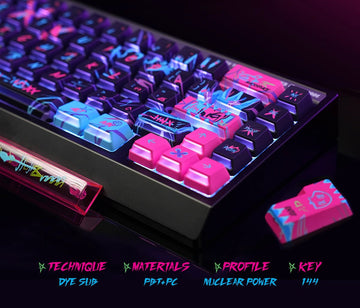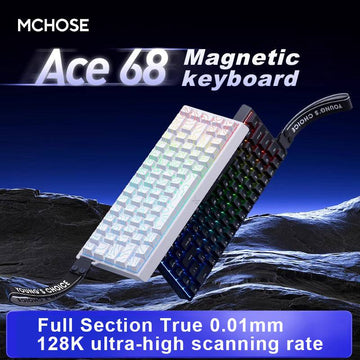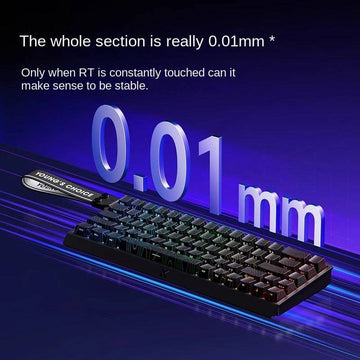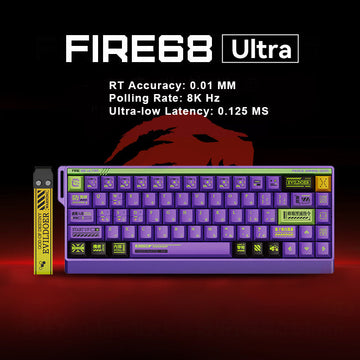Why Do Different Keyboard Layouts Exist?
Language and Character Set Requirements
You might wonder why keyboards aren't the same everywhere. Well, different languages have unique characters and symbols. These require specific keyboard layouts to accommodate them. For instance, the QWERTY layout, which you probably use, doesn't fit every language. Some languages need more letters or special characters.
Take the German language, for example. It uses the QWERTZ layout. This layout modifies the standard QWERTY to better suit German's unique characters. Similarly, Greek keyboards adapt the QWERTY layout to match their alphabet. They assign glyphs to keys that sound or look similar to English letters. This makes typing in Greek more intuitive for those familiar with QWERTY.
Cultural and Historical Influences
Cultural and historical factors also shape keyboard layouts. Over time, different regions developed their own typing systems. These systems reflect local language needs and typing habits. For example, the AZERTY layout is common in France. It evolved to meet the French language's specific requirements.
Alternative layouts like Dvorak and Colemak emerged to improve typing speed and comfort. They rearrange keys to reduce finger movement. This addresses some limitations of the traditional QWERTY layout. By optimizing key placement, these layouts aim to enhance efficiency and ease of use.
In essence, keyboard layouts are more than just a set of keys. They are a reflection of linguistic diversity and cultural history. Understanding these layouts helps you appreciate the rich tapestry of global communication.
Defining Keyboard Layouts and Their Importance
What is a Keyboard Layout?
A keyboard layout is more than just the arrangement of keys on your keyboard. It determines how you interact with your device when typing. Each layout is designed to meet specific language and typing needs. For example, the QWERTY layout is the most common in English-speaking countries. It was originally designed to prevent typewriter jams by spacing out commonly used letters.
However, alternative layouts like Dvorak and Colemak have emerged. These layouts aim to increase typing efficiency and speed. They rearrange keys so that frequently used letters are more accessible. This reduces hand movement and can even help prevent repetitive strain injuries. Imagine typing with less effort and more speed—these layouts make it possible.
The Role of Keyboard Layouts in Communication
Keyboard layouts play a crucial role in communication. They allow you to type quickly and accurately, which is essential for effective communication. When you use a layout that suits your language and typing style, you can express your thoughts more clearly.
Consider this: if you're typing in a language that uses special characters, a standard QWERTY layout might slow you down. You'd spend more time searching for the right keys. But with a layout tailored to your language, typing becomes smoother and more intuitive. This is why understanding and choosing the right keyboard layout is so important.
Overview of Common Keyboard Layouts
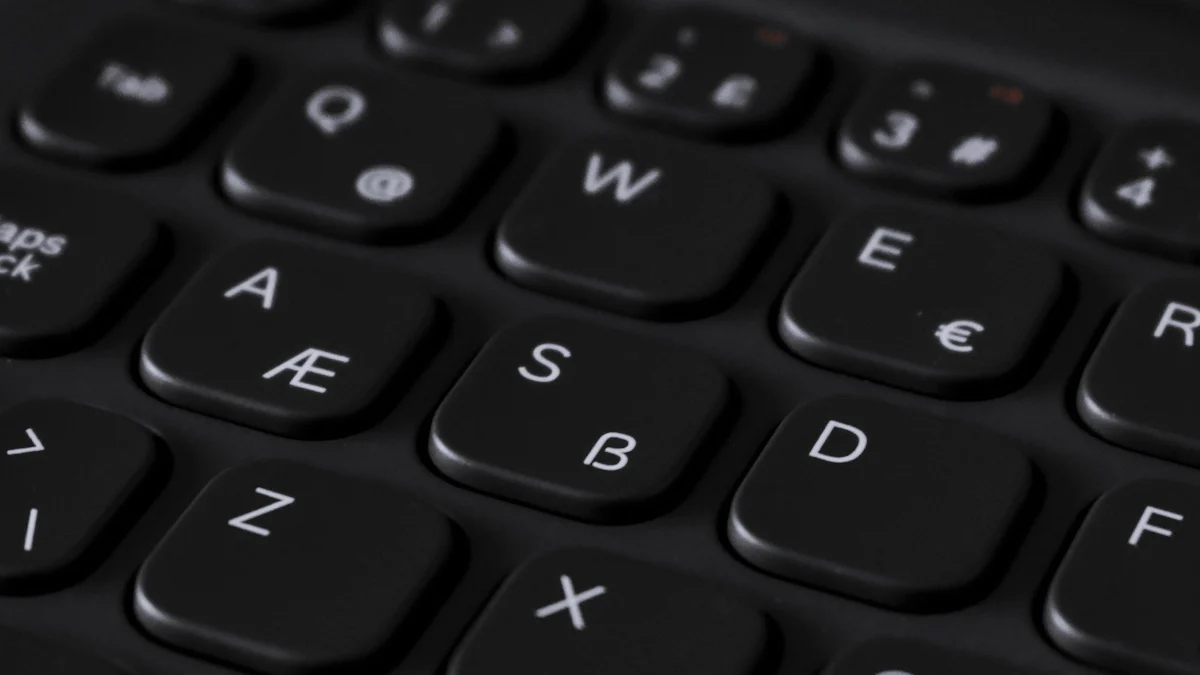
When you think about typing, the QWERTY layout probably comes to mind. But did you know there are other layouts that cater to different languages and typing needs? Let's dive into some of the most common keyboard layouts and see how they differ.
QWERTY Layout
The QWERTY layout is the most widely used keyboard layout in the world. It was designed in the 1870s for early typewriters. The arrangement of keys was intended to prevent typewriter jams by spacing out commonly used letters. This layout has become the standard for most keyboards worldwide. You might find it on your computer or smartphone right now. Despite its widespread use, some people argue that it's not the most efficient layout for typing speed and accuracy.
AZERTY Layout
If you ever find yourself typing in French, you'll likely encounter the AZERTY layout. This layout is common in France and Belgium. It was developed to accommodate the unique characters and accents used in the French language. Unlike QWERTY, the AZERTY layout places the 'A' and 'Z' keys in the top row, hence its name. This arrangement makes it easier to type French words and phrases. If you're learning French, familiarizing yourself with this layout can make typing much smoother.
Other Notable Layouts
Besides QWERTY and AZERTY, several other layouts cater to different languages and regions:
-
QWERTZ Layout: This layout is prevalent in Germany, Austria, and Switzerland. It swaps the 'Y' and 'Z' keys compared to QWERTY. This change reflects the frequency of these letters in German. Additionally, it includes diacritical characters essential for typing in German and other Central European languages.
-
Dvorak Layout: Designed as an alternative to QWERTY, the Dvorak layout aims to increase typing speed and efficiency. It rearranges keys to reduce finger movement, which can help minimize typing errors. If you're looking to boost your typing performance, you might want to give Dvorak a try.
-
Colemak Layout: Another alternative to QWERTY, the Colemak layout focuses on comfort and ease of use. It keeps many of the familiar QWERTY keys in place while optimizing the position of frequently used letters. This layout can be a great choice if you want to improve your typing without completely relearning key positions.
Exploring these different keyboard layouts can open up new possibilities for typing in various languages. Whether you're sticking with QWERTY or trying something new, understanding these layouts can enhance your typing experience.
Pros and Cons of Different Keyboard Layouts
Choosing the right keyboard layout can significantly impact your typing experience. Let's explore the pros and cons of various layouts to help you make an informed decision.
Typing Speed and Accuracy
When it comes to typing speed and accuracy, different keyboard layouts offer distinct advantages. The QWERTY layout is the most widely used, but it wasn't designed with speed in mind. It was originally created to prevent typewriter jams by spacing out commonly used letters. This historical design choice means that QWERTY might not be the fastest option for everyone.
On the other hand, alternative layouts like Dvorak and Colemak aim to optimize typing speed and accuracy. These layouts rearrange keys to reduce finger movement, which can lead to faster typing over time. For instance, Dvorak places the most commonly used letters under your strongest fingers, making typing more efficient. Colemak offers a similar benefit but with minimal deviation from QWERTY, making it easier to learn.
If you're looking to boost your typing performance, experimenting with these alternative layouts might be worth considering. They can help you type faster and with fewer errors, especially if you spend a lot of time at the keyboard.
Ergonomics and Comfort
Ergonomics and comfort are crucial factors when choosing a keyboard layout. Typing for extended periods can strain your hands and wrists, so it's essential to find a layout that minimizes discomfort. The traditional QWERTY layout, while familiar, may not be the most ergonomic choice.
Alternative layouts like Dvorak and Colemak focus on reducing finger movement, which can enhance comfort and decrease the risk of repetitive strain injuries. By placing frequently used keys within easy reach, these layouts promote a more natural typing posture. This can be particularly beneficial if you use a TKL keyboard, which offers a compact design that reduces the distance your fingers need to travel.
In contrast, some regional layouts, such as AZERTY or QWERTZ, cater to specific language needs but may not prioritize ergonomics. It's important to weigh the benefits of language-specific layouts against the potential for increased strain.
Ultimately, the best keyboard layout for you depends on your typing habits and personal preferences. Whether you stick with QWERTY or explore alternatives, understanding the pros and cons can help you make a choice that enhances both your speed and comfort.
How to Switch Between Keyboard Layouts on Devices
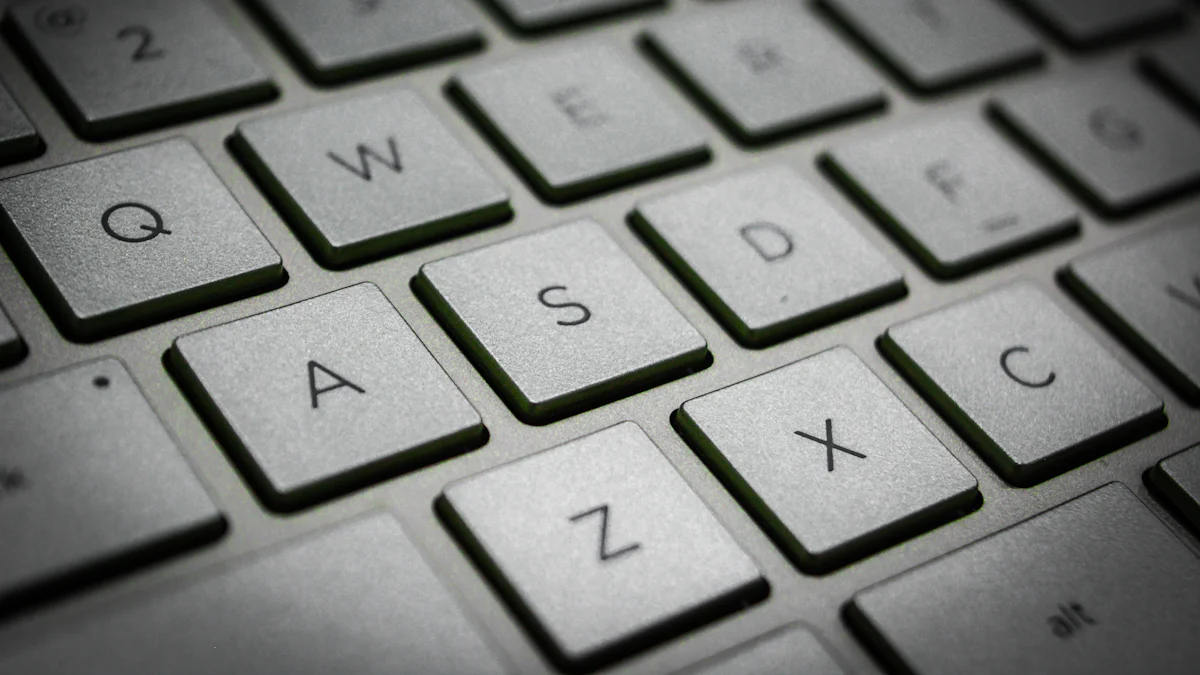
Switching keyboard layouts on your devices can enhance your typing experience, especially if you frequently type in multiple languages. Here's how you can easily switch between different keyboard layouts on various devices.
Switching on Windows
To change the keyboard layout on a Windows device, follow these steps:
-
Open Settings by clicking the Start menu and selecting the gear icon.
-
Navigate to Time & Language.
-
Click on Language in the sidebar.
-
Under Preferred languages, click Add a language.
-
Choose the language and keyboard layout you want to add, then click Next.
-
If you want to change your entire system language, check the box for Install language pack and set as my Windows display language. If not, leave it unchecked.
-
Click Install and wait for the process to finish.
Once installed, you can switch between layouts using the Language bar. Click the keyboard layout icon on the Language bar and select the layout you want to use.
Switching on macOS
For macOS users, switching keyboard layouts is straightforward:
-
Open System Preferences from the Apple menu.
-
Click on Keyboard.
-
Go to the Input Sources tab.
-
Click the + button to add a new layout.
-
Select the language and keyboard layout you want, then click Add.
To make switching easier, check the box for Show Input menu in menu bar. This allows you to access your keyboard layouts from the top right corner of your screen.
Switching on Mobile Devices
Switching keyboard layouts on mobile devices varies slightly between operating systems:
-
iOS (iPhone/iPad):
-
Go to Settings.
-
Tap General.
-
Select Keyboard.
-
Tap Keyboards and then Add New Keyboard.
-
Choose the desired language and layout.
-
-
Android:
-
Open Settings.
-
Tap System or General Management.
-
Select Languages & input.
-
Tap Virtual keyboard and choose your keyboard app (e.g., Gboard).
-
Go to Languages and add the desired language and layout.
-
Switching layouts on mobile devices often involves tapping a globe icon or holding down the space bar on the keyboard to toggle between installed layouts.
By following these steps, you can easily switch between keyboard layouts on your devices, making it more convenient to type in different languages. Whether you're using a computer or a smartphone, these settings allow you to adapt your typing experience to suit your needs.
Tips for Choosing the Best Keyboard Layout
Choosing the right keyboard layout can make a big difference in your typing experience. Let's explore some tips to help you find the best layout for your needs.
Based on Language and Usage
When selecting a keyboard layout, consider the language you type in most often. Different languages have unique characters and symbols, which means they require specific layouts. For example, if you frequently type in French, the AZERTY layout might suit you better than the standard QWERTY. This layout makes it easier to access French accents and special characters.
Think about how you use your keyboard. Do you type long documents or just quick messages? If speed and efficiency are your goals, you might want to try alternative layouts like Dvorak or Colemak. These layouts rearrange keys to reduce finger movement, which can help you type faster and with fewer errors.
"Different keyboard layouts have a significant impact on how people type in different languages," say users who have tried various layouts. They emphasize the importance of finding a layout that matches your language and usage needs.
Personal Preference and Device Compatibility
Your personal preference plays a crucial role in choosing a keyboard layout. Some people prefer sticking with what they know, like the familiar QWERTY layout. Others enjoy experimenting with new layouts to see if they can improve their typing speed and comfort.
Consider the devices you use. Not all layouts are available on every device. Make sure the layout you choose is compatible with your computer, tablet, or smartphone. Most modern devices allow you to switch between layouts easily, so you can try different ones without much hassle.
Ultimately, the best keyboard layout for you depends on your language, usage, and personal preference. Don't be afraid to experiment with different layouts to find the one that feels right. As users have noted, "It is important to use different layouts to find the best suited for your needs."
Resources for Further Exploration
Exploring different keyboard layouts can be a fascinating journey. To help you dive deeper, here are some valuable resources that can enhance your understanding and skills.
Online Tools and Tutorials
The internet offers a wealth of tools and tutorials to help you explore keyboard layouts. Here are some you might find useful:
-
TypingClub: This online platform provides interactive lessons for various keyboard layouts. You can practice typing in different languages and improve your speed and accuracy.
-
Keybr.com: This tool helps you learn new keyboard layouts by generating random words and phrases. It tracks your progress and adapts to your skill level, making learning fun and effective.
-
YouTube Tutorials: Many content creators offer video tutorials on switching and mastering different keyboard layouts. These videos provide step-by-step guidance and tips for improving your typing skills.
"Online resources have made it easier than ever to learn and adapt to new keyboard layouts," say experts in the field. They emphasize the importance of using these tools to enhance your typing experience.
Books and Articles
For those who prefer reading, several books and articles delve into the history and evolution of keyboard layouts:
-
"The Typing of the Future" by John Paterson: This book explores the advancements in keyboard technology and the impact of different layouts on typing efficiency. It provides insights into how layouts like Dvorak and Colemak emerged to improve comfort and speed.
-
"Keyboard Layouts: A Cultural Perspective": This article examines how different countries developed unique keyboard layouts based on their languages and cultural needs. It highlights the diversity of layouts and their role in global communication.
-
"Ergonomics and Keyboard Design": This piece discusses the ergonomic benefits of alternative keyboard layouts. It explains how reducing finger movement can enhance comfort and prevent strain injuries.
These resources offer a deeper understanding of keyboard layouts and their significance in our digital world. Whether you prefer interactive tools or in-depth reading, these options can guide you in exploring and mastering different layouts.
Understanding and choosing the right keyboard layout is crucial for optimizing your typing experience. Different layouts can influence your speed, accuracy, and comfort. Exploring various options allows you to find what works best for you. Consider trying alternative layouts like Dvorak or Colemak. They offer significant advantages over traditional ones. Specialized layouts can enhance usability for specific tasks or needs.
"The right keyboard layout can transform your typing experience," experts say.
Take action today. Dive into the world of keyboard layouts and discover the perfect fit for your unique requirements.


